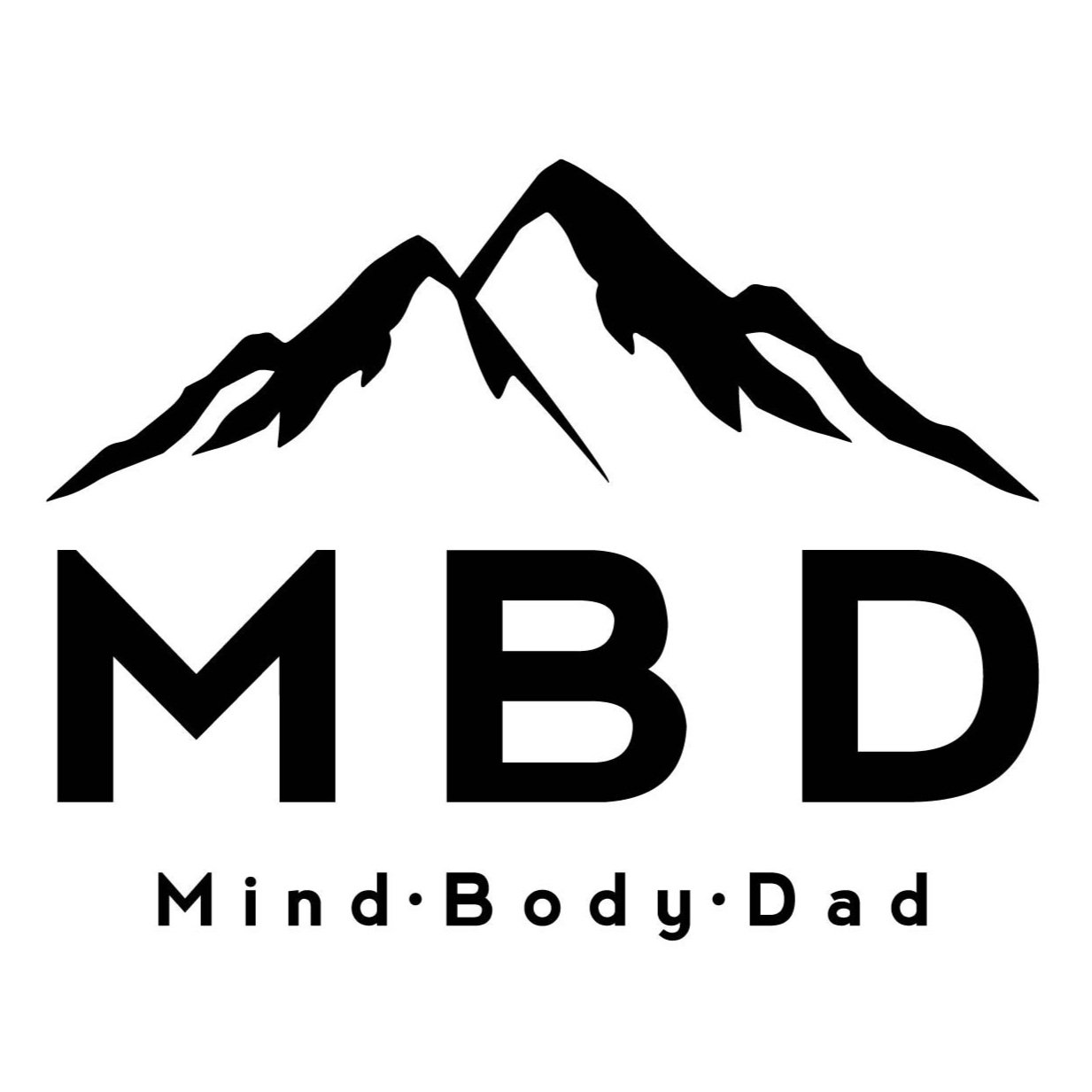The Science of Bone Health: The Best & Worst Exercises, Nutrition, & More
About 50% of women and 20% of men over 50 will break a bone due to osteoporosis. What most people don’t realize is that bone health starts in childhood, with peak bone mass set by around age 30. After that, it’s all about preservation. The choices you make—from what’s on your plate to how you move—either strengthen or weaken your bones. The good news: you can start building stronger bones today, at any age.
Listen on Spotify, Apple, Amazon Music, iHeart Radio, or anywhere you listen to podcasts.
Read The Article:
Things Mentioned:
Best Sports for Bone Health
Basketball
Gymnastics
Tennis
Soccer
Volleyball
Martial Arts
Best Exercises for Bone Health
Sprinting
Plyometric movements (depth jumps, jumpies, side-to-side pogos, etc.)
Physical Activity—The Worst
Sedentary behaviors, such as excessive screen time (phone, TV, video games), are the worst for bone health as they provide no mechanical stimulation to strengthen bones. Even some physical activities, while beneficial for other aspects of health, are considered non-osteogenic (“non bone-building”) because they lack the impact loading needed to increase bone density.
Least Effective Activities for Bone Health
Swimming
Aqua jogging
Cycling
Rowing
Walking
Treadmill running
Nutrition: Protein, Calcium, & Vitamin D
Calcium: Continue to get enough calcium, prioritizing whole foods. See above for more.
Vitamin D: Continue to get enough Vitamin D through whole foods, sunlight, and, if necessary, supplementation.
Sunshine: Direct sunlight is the best for you health and Vitamin D levels but if you live above the 37th parallel then you are not able to get enough Vitamin D from November to March. The rule of thumb is that if your shadow is longer than you are tall then you’re not making much or any Vitamin D. The DMinder app is great at telling you if you’re getting enough sun and when to get the best bang for your buck (Android, iOS). This “Sunshine Calendar” can also give you a general idea of your seasonal sun dosage potential.
Supplement: Vitamin D3 is the most effective form, and it’s best absorbed when paired with Vitamin K2 to ensure calcium is directed to your bones and not your arteries. Consider a supplement (this is a good third-party tested one with D3+K2) during the darker months. I take one from about Halloween to St. Patrick’s Day to maintain optimal levels.
SAD/Happy Lamp: Another strategy I use during these darker months is using a SAD Light Therapy Lamp in the mornings for about 20 minutes.
Protein: Protein plays a critical role in preserving bone density as it provides the amino acids necessary for collagen synthesis, a major component of bone structure. Adequate protein intake has been shown to improve bone mineral density and reduce fracture risk, especially in older adults. Aim for at least the minimum effective dose of 0.82 grams of protein per pound of desired body weight per day (1.8 grams per kilogram). While high-quality whole foods are the best source, I use these strategies when I know I won’t hit this minimum for the day:
Protein bars (my favorite is IQBar)
Jerky (go with a grass-fed version)
Protein powder (I use Levels Grass-Fed 100% Whey Protein because it comes from grass-fed cows among other benefits).
Connect With MindBodyDad (The Growth Kit's HQ):
